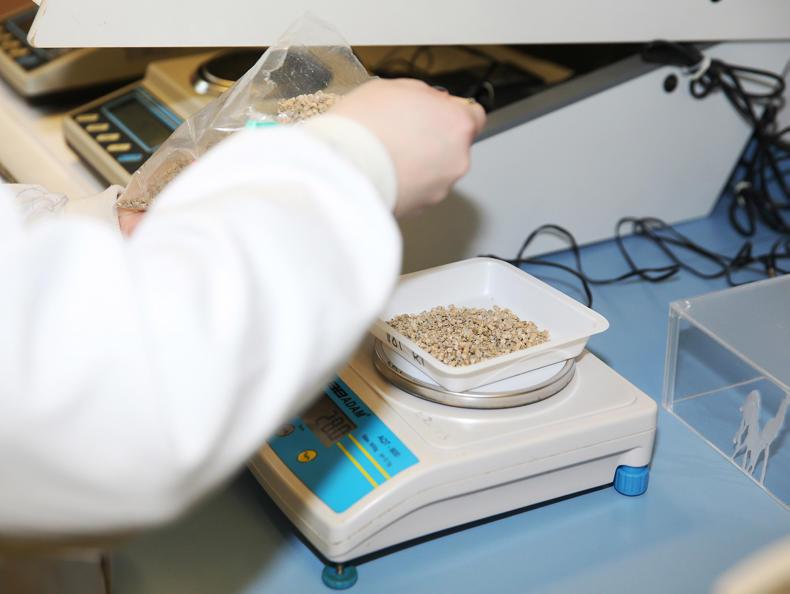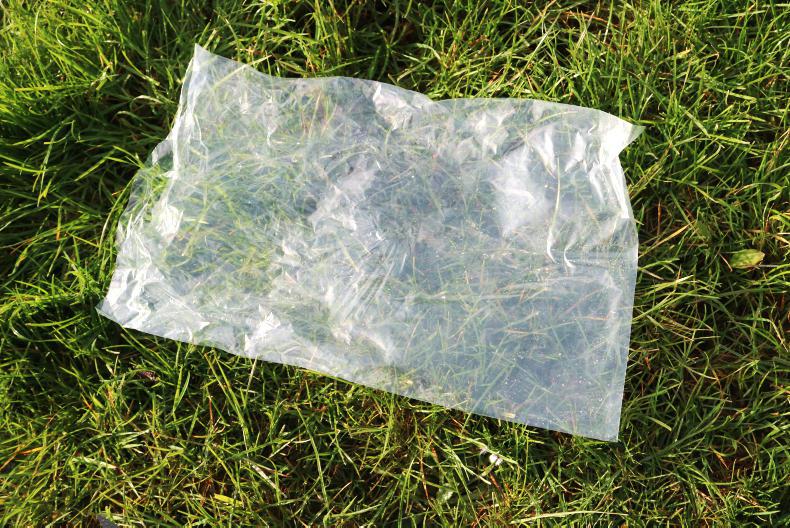THE equine industry in Ireland is renowned globally and is estimated to be worth approximately €2 billion per annum to the Irish economy. While Ireland excels in horse production, the quality of forages (grass, hay, haylage, etc.) fed to Irish horses over the winter and throughout the grazing season is largely unknown.
Forages are an essential component of the diet of the horse and the National Research Council (NRC) guidelines recommend a minimum for age intake of 1% of body weight (BW) for a healthy equine digestive system. From the owners’ perspective, it is critical that the nutritive quality of these forages is optimised to ensure continued health, well-being and performance.
Managing equine stock efficiently demands good quality forage and the monitoring of this forage once stored. This is because forage should be the main component of the diet of the horse. Good quality hay and haylage is nutritious, palatable and also plays a vital role in maintaining a healthy and functional gastrointestinal tract. A good understanding of the nutritional value of different feedstuffs and forages is important for correctly formulating diets in equines.
NUTRITIONAL ANALYSIS

The Irish Equine Centre provides a nutritional analysis service that can identify a range of potential feed issues that can adversely impact the performance of horses. The old adage “they are what they eat” is very relevant and we can test samples of hard feed, hay, haylage, grass and water for both quality and nutritional content.
Harvesting forages in Ireland is complicated by poor drying conditions, heavy dew and the constant threat of rainfall. In an effort to avoid these conditions, forage is often baled before reaching recommended levels of dry matter which can result in the development of mould and reduced nutritional quality. In many cases, neither issue would be identifiable by a simple visual inspection of the forage.
The results of nutritional analysis are given in two forms and can assist in the formation of an optimum diet for individual horses. ‘As sampled’, also known as ‘as fed’, gives the results of the sample in its natural state or how it is fed to the animal. When the results are expressed as ‘dry matter basis’ (DM) this removes the moisture as a factor.
FORAGE SAMPLING PROCEDURES
The analytical result is only as good as the sample submitted for analysis. Collecting a representative sample is the first step of the analytical procedure. The following recommended sampling procedures will help ensure that results reflect the true nutrient composition of the sample:

Grass
Randomly select at least 15-20 sites where the animals have been grazing and clip at grazing height.
Combine in a clean plastic bucket and mix. Take at least 500g and pack tightly in a plastic bag and freeze for 12 hours prior to submitting to the lab.
Hay and haylage
Different types, cuttings or lots should be analysed separately. Using a forage sampler or a hay probe, bore at least 10 bales which have been selected at random. Combine all the core samples and submit for analysis. The sample should weigh at least 80-100g and also should be enough to fill a bag similar in size to a supermarket carrier bag.
Grains and mixed feeds
Randomly collect between 10 and 20 samples as the grain is discharged and combine in a clean plastic bucket. Submit at least 500g for analysis.
The Nutrition Team at the IEC (part of the Microbiology Unit) is always available to answer your queries or concerns around nutrition quality and testing. Please feel free to contact them on 045 866 266 or email nutrition@irishequinecentre.ie